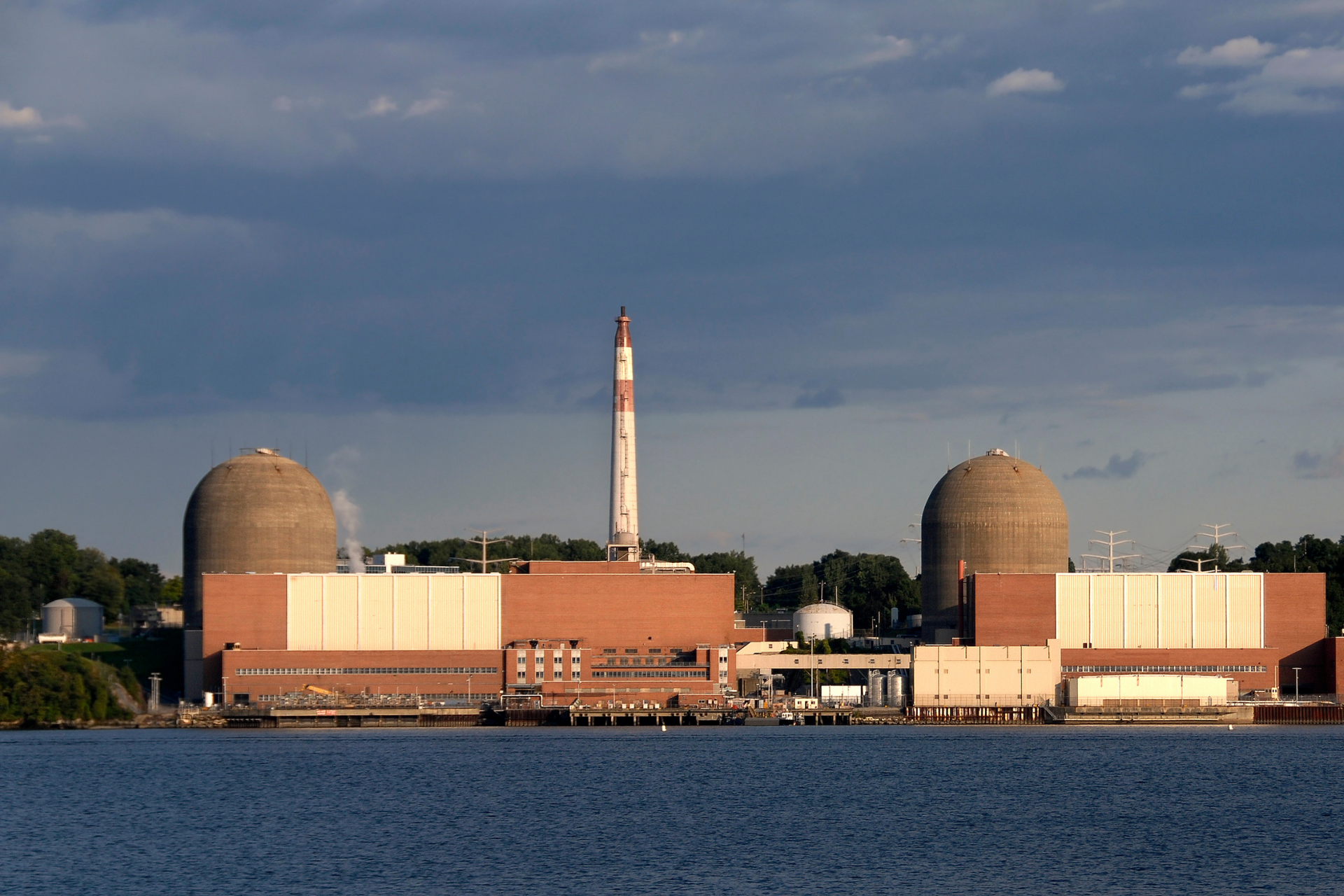By Kerry Jackson & Wayne Winegarden
As expected, the Newsom administration has asked Washington about qualifying for federal funds to help keep the Diablo Canyon Nuclear Power Plant open beyond its planned retirement date – “to maximize options to maintain electricity reliability as new projects come online,” Cabinet Secretary Ana Matosantos said in a letter to U.S. Energy Secretary Jennifer Granholm.
As we’ve said before, it’s a tacit admission that the state’s mandate for an all-renewables electricity grid by 2045 is unrealistic.
Pacific Gas & Electric, which operates the last nuclear power facility in the state, by law cannot pass along costs needed to upgrade the San Luis Obispo County plant, which produces 6% to 9% of the state’s electricity. This leave policymakers with two options: asking Washington for funds; or shutting it down by August 2025, as planned, forcing the state to replace the lost energy with higher-emissions sources (natural gas and coal from other states), and/or less-reliable, higher-cost sources (solar and wind).
Option 1 is the only sensible choice, even though it is by definition a taxpayer bailout. But it is better than option 2, whose additional costs are unknown but likely to be high, and whose reliability is poor.
Option 1, however, would provide only temporary relief. Officials still plan to eventually retire the Diablo Canyon plant, which when built was expected to last until the middle of this century.
But what if instead they changed course 180 degrees and decided to not only keep the site open, they chose to expand it?
As it turns out, there’s a guidebook for doing exactly that. Michael Shellenberger, author of San Fransicko, tweeted in February that he and his colleagues had “unearthed the blueprints showing that there were supposed to be 6 reactors at Diablo” rather than just the pair that was built.
“Reactors could be added to our Diablo Canyon nuclear plant to desalinate gigantic quantities of water. Indeed, that was the original plan,” Shellenberger said.
“We should build the 4 new reactors to create electricity, hydrogen, and fresh water.”
Those additional reactors would triple the plant’s output, from producing electricity for 3 million Californians to 9 million, all on a site roughly the size of nine football fields. The power density of nuclear compared to renewables is stunning. According to the Nuclear Energy Institute, a wind farm needs as much 360 times more land area to produce the same amount of electricity as a nuclear site, a solar farm up to 75 times more land.
While California officials, pushed by activists, have been busy shutting down nuclear power, reasonable thinkers have encouraged new nuclear energy capacity. Their arguments – once online, nuclear creates no air pollution and no carbon dioxide emissions (these are not the same things), it doesn’t foul the water, and it’s reliable – can’t be refuted.
There is, says energy journalist and author Robert Bryce, a “notion that a global nuclear renaissance is, in fact, underway.” If so, shouldn’t California be the central player in the revival? Should it decline a truly “golden” opportunity, then it will be clearer than ever that this state is no longer the leader that Newsom and others keep telling us it is.
Kerry Jackson is a fellow with the Center for California Reform at the Pacific Research Institute. Wayne Winegarden is a PRI senior fellow in business and economics.

